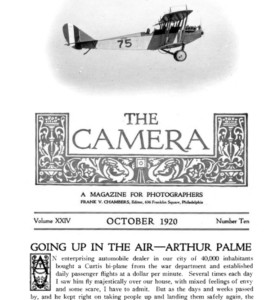
Our second post from the Watkins Glen State Park series shows Rainbow Falls, and is located about a mile from the entrance and parking area, which incidentally, was the subject of our first post here. The image is from a 6.5 x 8.5" glass plate negative taken sometime in the 1920s. To get an idea about how the scene looks today, go to google images. If you look at the recent pictures, notice how the staircase has been enclosed with rock, as well as the railings along the left side. A similar shot to the one above is located at...






